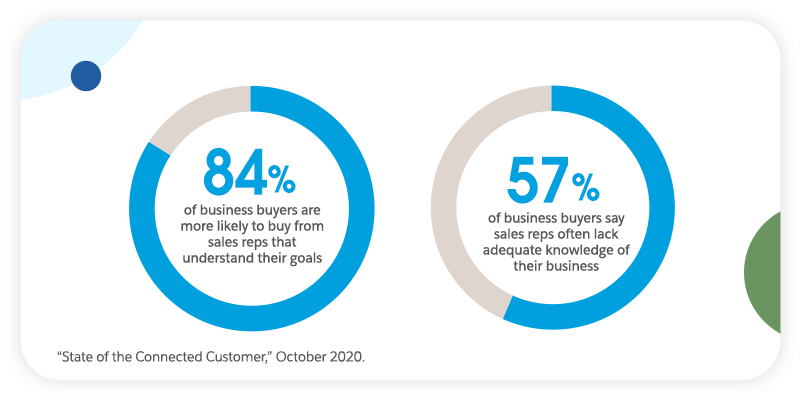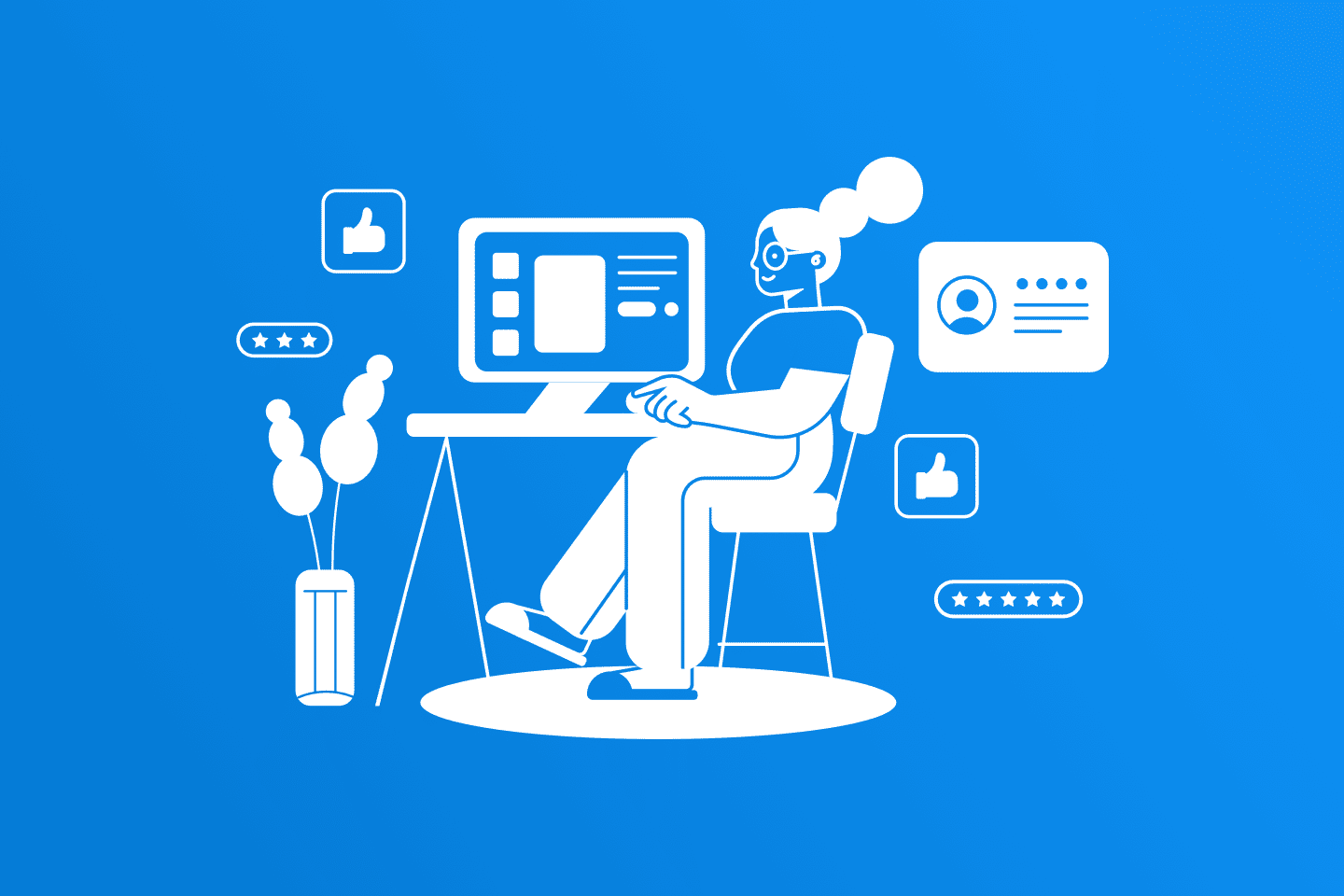Your e-commerce customers are vital assets to your business, so is your customer representative.
Most companies take customer support as a necessary business operating cost.
But here’s the thing. Your customers turn to the customer representatives when they face any problem. With their growing demand, they want:
— Response at lightning speed
— Friendly and helpful assistance
— To be offered multiple ways to get in touch.
So, whoever is responsible for interacting with your customers and solving their problems represents your company. How they cater to the customer’s needs can directly impact customer experience and relationships for the long haul.
Hence, knowing the challenges of your customer service team is as important as knowing your customers before closing a line of communication.
For that reason, in this article, we are going to put the spotlight on:
- The challenges of the customer service team
- The actionable solutions you need to implement

Customer Service Challenges
Adding Personalized Touch in Customer Experience
Personalized customer experience means providing customers with a tailored service catering to their unique needs, wants, and goals. Personalized customer experience leaves a measurable impact on customers in the long run.
This leads us to the most important question. Why is personalization important in customer service?
According to the research of Epsilon, “80% of consumers are more likely to make a purchase from a brand that provides personalized experiences.”
From Amazon to Starbucks, we live in the era of personalization that gives us instant gratification. Personalized touch helps customers instantly connect with your company, which leads to trust later on.
For the past few years, we have constantly been coming across the term “Personalization.” But, there’s a big difference between theory and practice.
In theory, personalization is as simple as catering a unique service tailored for each type of customer. The practice says the opposite. There are challenges to it that remain unspoken of.
Here are the personalization challenges to name a few.
— Drowning in data: In the 21st century, we have access to an enormous amount of data that no generation ever had in history. We become overwhelmed, squeezing the good out of bad data that has been floating around us.
The Clear Path to Personalization report by Forbes Insights and Arm Treasure Data says, “48% of marketers cite data quality as a leading roadblock to effective personalization”.
— The Segmentation: Segmenting customers means dividing them into different groups to pinpoint their specific needs and categorize them for better service.
However, segmenting customers also means getting into the nuances and identifying which data to use, which is not easy.
— Finding the Balance: When it comes to personalization, there is a fine line between helpful and creepy. You don’t want to get into too many details that raise privacy concerns in the mind of customers.
Neither should you be too generic to make the customer feel heard. It’s a challenge thrown at the customer representatives to figure out how much data is “enough .”And when it crosses the threshold of “offense and annoyance.”
Dealing With Irate Customers
Do you know the nightmare of every customer that causes them sweaty palms and racing heartbeats?
Yes, handling angry customers. Not knowing the right way to deal with such customers can cause trouble for the support team. And mostly, it ends up with long-term damage to the brand image.

You don’t want the customers to take the matter into their hands and vent it out on social media.
Making sure you deal with them in the right way according to their complaints is a big challenge because angry customers come in various forms and types.
Some may want to escalate to the manager to file a complaint, some ask for refunds without any delay, and sometimes they want an apology to get an ego boost.
So, how you tackle this can either turn the situation in your favor or make them even more frustrated. The biggest mistake one can make is to leave the customers angry and wait for them to cool down on their own.
Not Understanding Customer’s Expectations
“One thing I love about customers is that they are divinely discontent. Their expectations are never static — they go up. It’s human nature.” -Jeff Bezos.
Suppose you ask customer representatives about the most difficult part of their job. You’ll find – understanding and exceeding customers’ expectations tops the list.
Customer expectations have hit an all-time high. They now have way more options than ever before. If one company can’t satisfy their wants, they will immediately turn their back and look for other better options.
Meeting customers’ expectations isn’t a one-time job. Rather it’s a constant work in progress because no matter how hard you try, it’s hard to exceed them. No one is to blame for that, as it’s human nature.
If you ask – why is it important to understand customers’ expectations?
Because research says, “80% of customers now prioritize the experience provided as much as the interaction and product quality of the company.”
Customer expectation plays a big role in customer satisfaction. A research survey of Salesforce found – 91% of consumers say they’re more likely to make a repeat purchase after a positive experience, and 71% say they’ve made a purchase decision based on experience quality.
External factors are equally impactful in building customer expectations. For instance: if a person recommends his friend Frappe of Starbucks with this faith that each penny he spends on this is worth it.
But, once his friend bought it, all he felt was disappointment instead of a delightful experience. The chances are high for him not to try it again.
Inconsistency in customer experience turns customers off and makes them ditch your service forever.
Not Having A Competent Team
We all have dealt with many customer service horrors. Let’s be honest. Not all customer reps try their best to give delightful service. Some are terrible at doing this job. Which often results in negative customer experiences and unhappy customers.
In such a case, figuring out the underlying causes of poor customer service is vital to saving company reputation.
Here are the reasons behind poor customer service:
- Lack of freedom: Customer reps aren’t often encouraged to step up their game and provide excellent service. They aren’t given the freedom to make decisions and develop creative solutions.
- Lack of product knowledge: When customers turn up to the customer support team to resolve issues with the product, they generally expect the support team to fix the problem. But difficulties arise when the customer reps themselves don’t have much product knowledge.
- Confusion about handling product solutions: If customer reps aren’t trained frequently, they will lack product solutions and policies. Because every company updates its products and policies regularly, customer service training can provide various solutions to specific issues.
Practical Solutions To Overcome These Challenges
Utilizing Right Data And Provide Multi-Channel Support
Personalized customer support has two benefits. 1. Customers get faster and more convenient support & 2. It’s easier to meet their expectations.
Relying blindly on data without any contextual interpretation will be a fool’s errand. It can lead to customer annoyance and embarrassing mishaps.
Customer support should be the proper utilized driver of revenue. Always aim at giving a magical experience to the customers.
Customers want support on multiple channels. Personalized tools can help customer reps provide a seamless experience and deliver on the promise they made.
Integrating your eCommerce store with a multi-channel helpdesk can help you with a personalized product recommendation, product feedback, customer intent based on past purchasing history.
Listen, Empathize, And Engage
Customers dealing with product issues, delays in receiving products are common scenarios in every eCommerce business. Customer complaints start coming in as soon as people start buying products from your company.
The best way to deal with it is to provide undeniable support. Customers want to be heard of; they want you to take their problems into account and come up with the best solution. Never try to defend yourself or unnecessarily indulge in any argument.
That’s the wrong way of going about it.

Empathizing angry customers to pay dividends in the long run. When dealing with angry customers, your response should have an apology. Offer them extended help and ask their preference in terms of support.
Be proactive. That way, you’re putting them first over anything and genuinely trying to resolve their issues.
Keep one goal in mind. Make the customer happy, live on the commitment you made in the first place.
Gain Insights From Conversations
Customers have specific expectations in their minds when browsing through your website. When the expectation doesn’t match up to the shopping experience they get, they prefer not to come back.
Even if you are selling the best product ever invented, but your customer service isn’t that great, you’re regularly losing out on potential customers.
Talk to your customer support team. Analyze the common pattern of customers’ complaints, use surveys, ask for feedback, and act upon it.
Consistently listening to customer feedback allows you to identify the gaps that need to be addressed and the areas they strive to improve.
Personalization without addressing customer expectations isn’t going to get you far.
Most importantly, offer support on multiple channels. Meet them where they are. Find the sweet spot to make purchasing convenient for them.
Empower Team Members
Building a winning customer support team is the key to winning your customers. Empower your team members so that they can provide exceptional service. When you bring in new people to the team, don’t put any limitations on their creativity.
Empower them to do better, take ownership of their work, encourage them to perform their best. Provide them with the necessary toolset.
If you want happy customers, make customer reps happier. Their energy will translate into their work. Be a motivator, guide them when they make mistakes. Enable them to bring ideas to the table and share knowledge as a regular part of the work.
Building an efficient team might seem like a tough nut to crack. But with the right process.
Final Thoughts
It’s time to acknowledge the importance of the customer support team in every eCommerce company and value them as assets instead of operational costs.
Neglecting their common problems often calls for troubles for the customers. Solving the above problem will enable you to supercharge the customer support team.
Customers are always on the hunt for better and more. Take it as an opportunity instead of a challenge. Strong customer support can take it up a notch to satisfy costumes. To maintain the strength, you need to eradicate any hurdle that comes in their way that affects their performance.






